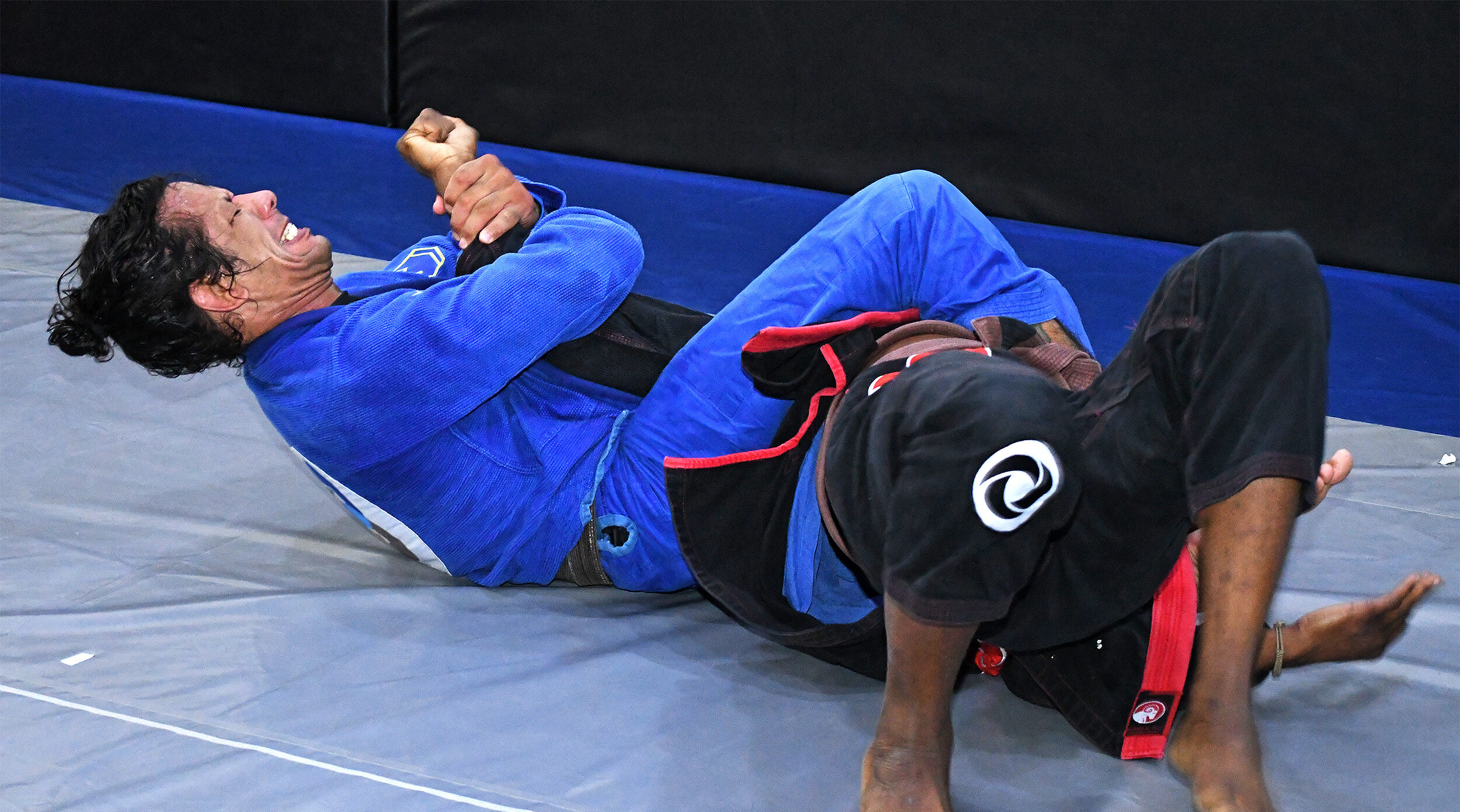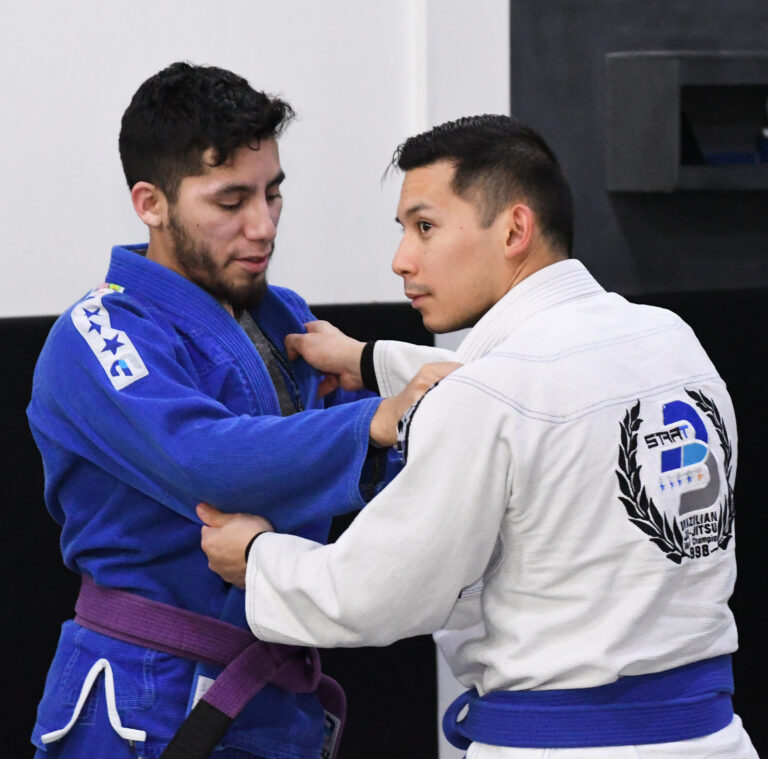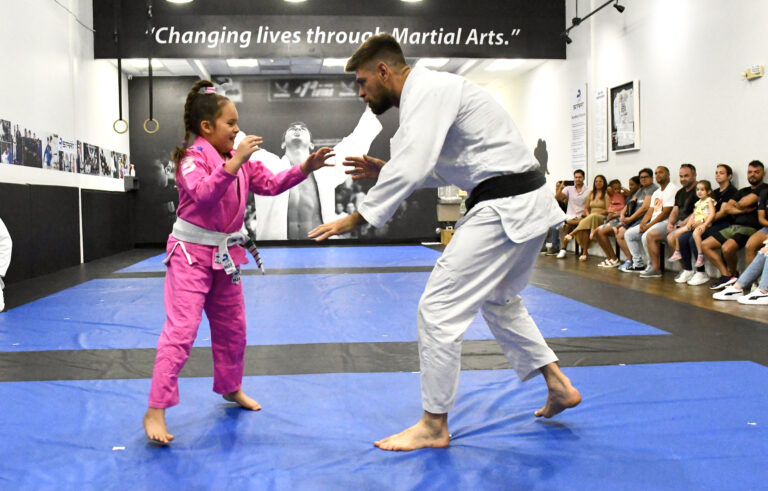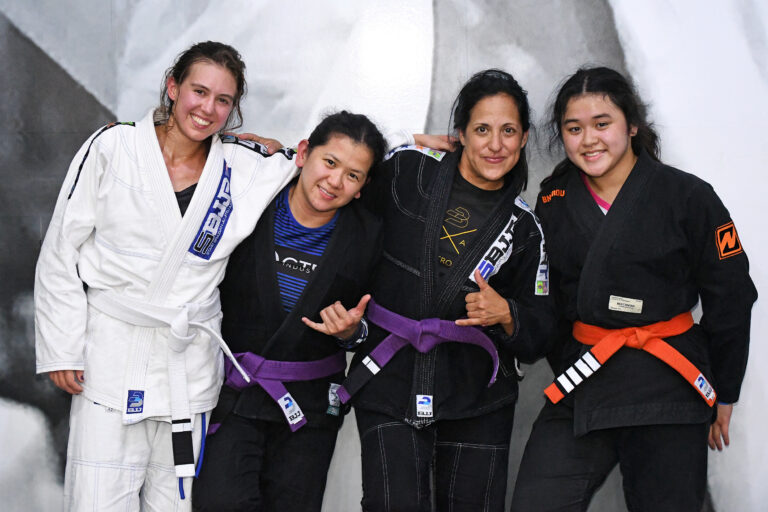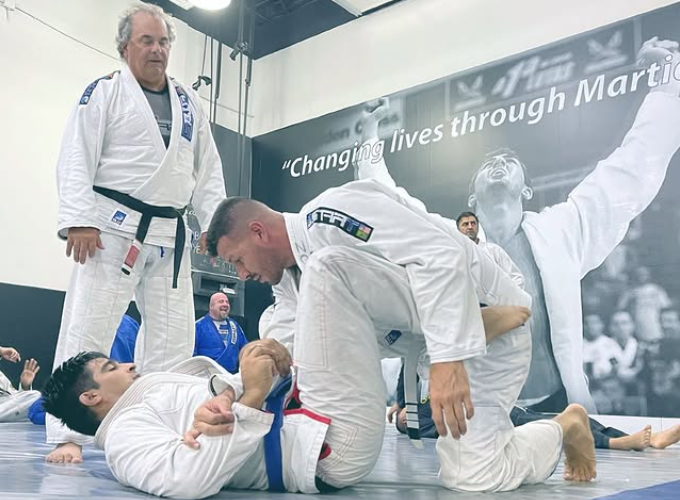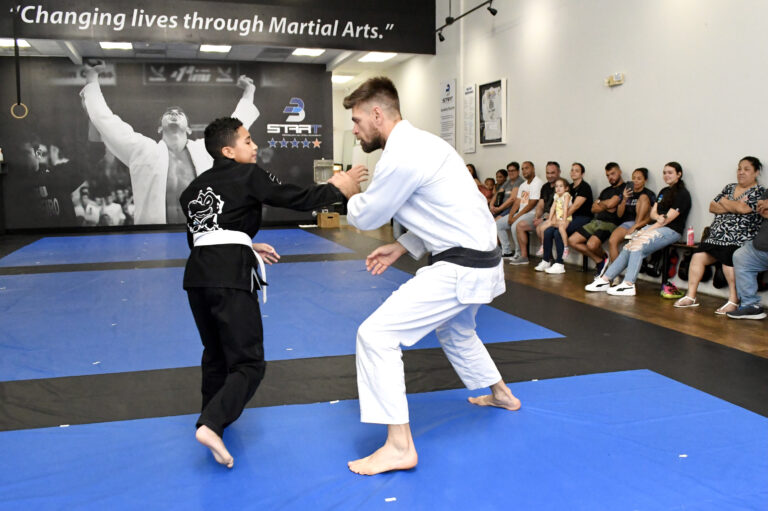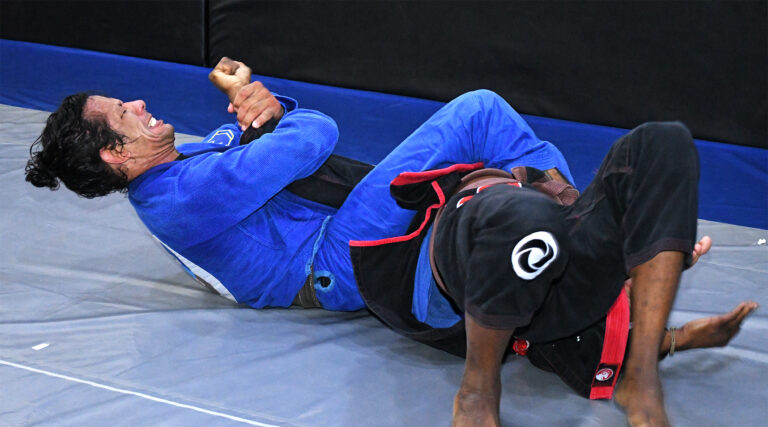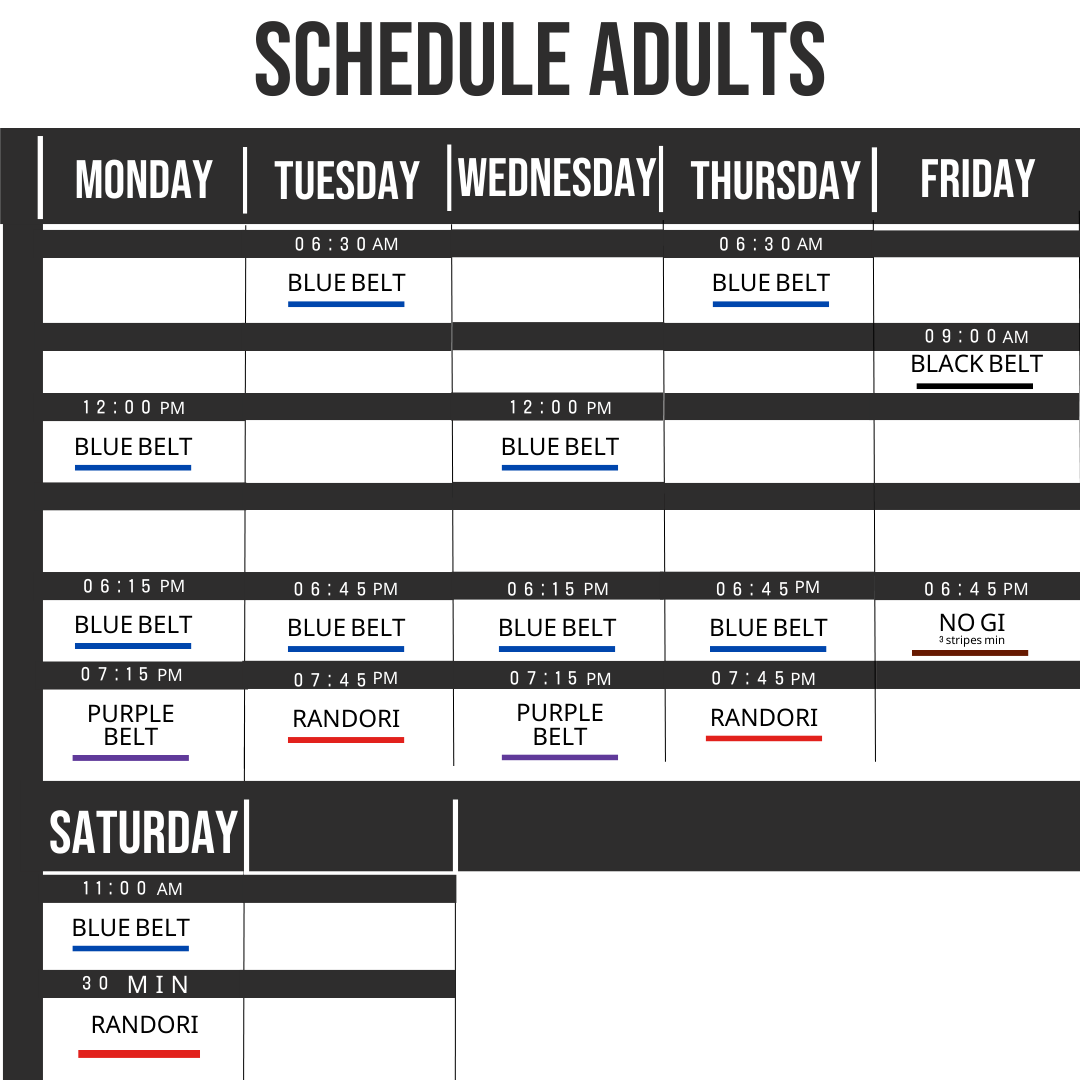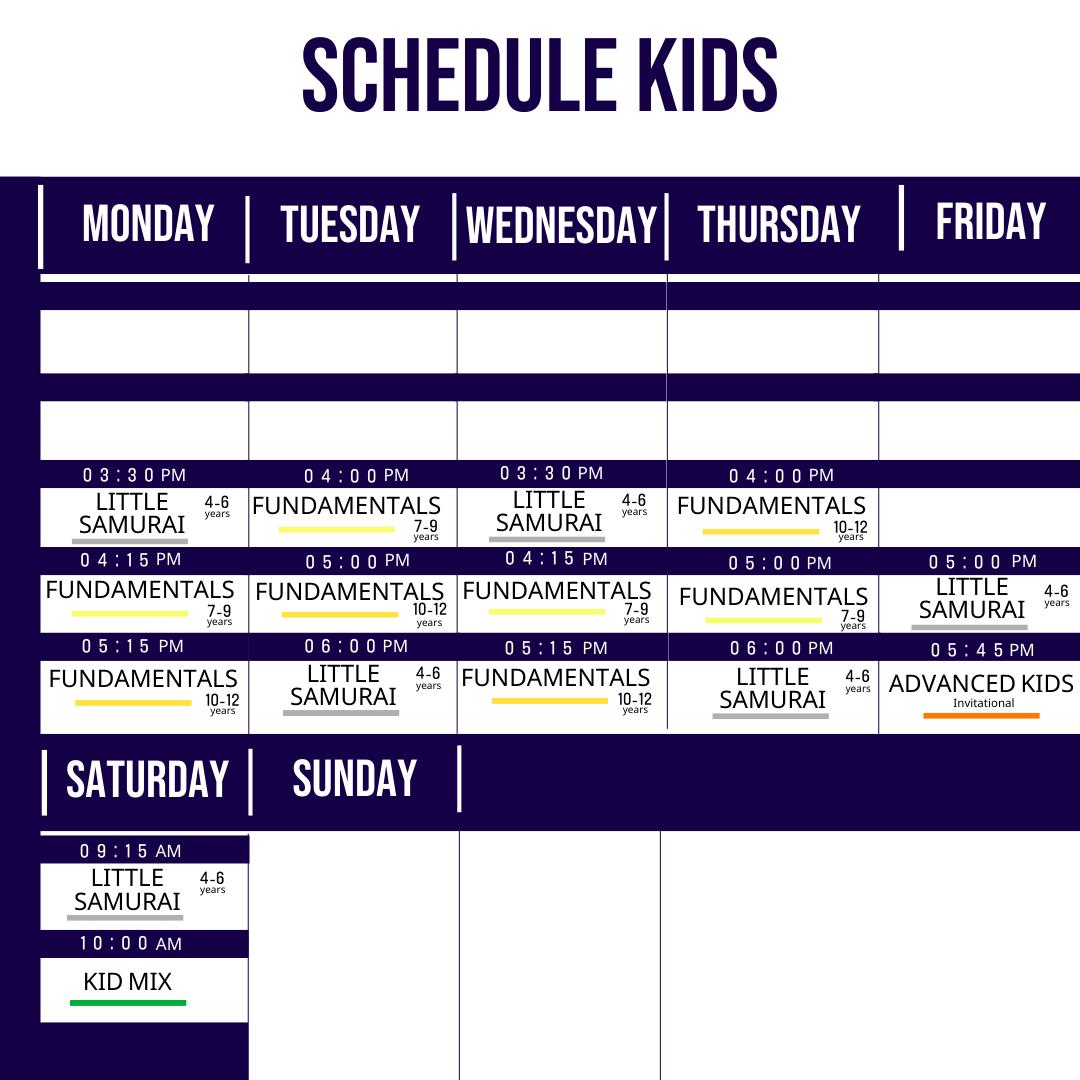10 Common Beginner Jiu-Jitsu Mistakes (And How to Fix Them) in Pembroke Pines
Starting the journey in Brazilian Jiu-Jitsu (BJJ) is an incredibly rewarding experience. It changes your body, sharpens your mind, and introduces you to a new community. However, the path of a white belt is also filled with challenges, primarily due to common, yet predictable, beginner mistakes. While these errors are normal parts of the learning curve, recognizing and correcting them early will significantly accelerate your progress.
brazilian jiu jitsu in pembroke pines
1. Relying Only on Strength and Aggression
The most frequent mistake beginners make is attempting to muscle through positions and submissions. This comes naturally when you are unsure of the technique. They try to bench-press their way out of bad spots or use explosive strength to finish a choke. However, Jiu-Jitsu is fundamentally designed to neutralize strength with leverage.
The Fix: Prioritize Posture and Position
Instead of panicking and using force, pause. Focus on your posture and position. Posture is your first line of defense; if your back is straight, you are much harder to submit or sweep. Furthermore, if you focus on achieving a better position (like passing the guard before looking for the submission), your chances of success increase dramatically. Remember, an efficient movement is always superior to a strong one. If you’re looking for structured classes to master fundamental BJJ techniques, visit our official site.
2. Holding Your Breath
When under pressure, especially in uncomfortable positions like mount or side control, beginners often unconsciously hold their breath. This reaction triggers panic, depletes energy rapidly, and makes rational decision-making nearly impossible. A panicked beginner tires out much faster than a relaxed opponent.
The Fix: The Three-Breath Rule
Develop a habit of conscious breathing. When you get into a bad position, force yourself to take three deep, slow breaths. This immediately calms your nervous system and conserves precious energy. Consequently, you will notice that even in the worst positions, you gain precious moments to assess and execute an escape. Good breathing habits are essential for long-term endurance in Jiu-Jitsu.
3. Having an Unorganized Defense
Many beginners neglect learning defense, focusing only on attack. When they roll, they find themselves constantly vulnerable to submissions because they lack a systematic approach to escape. They often forget the simple rule: escape the immediate danger first, then escape the position.
The Fix: Define Your Escapes
Before class, choose one escape (e.g., side control escape, or an armbar defense) and make it your primary focus during rolling. Moreover, practice the escape in sequence: 1) Hand fighting/posture, 2) Creating space, 3) Escaping the hips, and 4) Recomposing the guard. Consistent drilling of your defense is crucial to surviving the white belt phase. Our facility in Pembroke Pines offers focused defensive BJJ training for beginners.
4. Neglecting Hip Movement (The Hip Escape)
The single most important movement in BJJ is the hip escape (shrimp). White belts frequently try to move their whole body away from danger instead of just shifting their hips. This often results in wasted energy and minimal movement. Without a strong hip escape, your guard is weak, your sweeps are ineffective, and your escapes are slow.
The Fix: Drill the Shrimp Every Day
Dedicate five minutes before or after every class to drilling the hip escape. Focus on maximizing the distance between your hip and your shoulder. Furthermore, connect the movement to a purpose, such as re-establishing your guard or achieving an angle for a sweep. The mantra should be: “The hips are the engine of BJJ.”
5. Using Tapping as a Last Resort
This mistake is dangerous and counterproductive. Beginners often view tapping as a sign of failure or weakness. They hold out too long in submissions, risking serious joint damage or choking out. Training Jiu-Jitsu safely should always be the priority, especially here in Pembroke Pines.
The Fix: Tap Early, Tap Often
View the tap as a communication tool. It means, “You got me, let’s reset and try again.” Tapping early preserves your body and allows you to train more frequently. Moreover, by tapping early, you gain the opportunity to analyze where the submission went wrong. Don’t let ego override safety. Remember that safety is key to a successful BJJ training experience.
6. Ignoring the Importance of Grips
Grips are the foundation of control in Gi BJJ. Beginners frequently grab whatever is available and fail to understand the power of a strategic grip. A dominant grip dictates the tempo, limits the opponent’s options, and sets up your entire attack sequence.
The Fix: Focus on Two Dominant Grips
During your rolls, consciously focus on maintaining two strong, controlling grips (e.g., collar and sleeve, or belt and pants). Understand what each grip does. A collar grip controls posture, while a sleeve grip controls distance. Therefore, spend time learning specific grip breaks; if you cannot break their grip, you cannot start your offense. Ask your instructor to show you the best BJJ grip breaking strategies to enhance your control.
7. Rushing the Guard Pass
A common rookie mistake is attempting to pass the guard too quickly and standing straight up in the process. This creates space for the opponent to counter with sweeps or immediately establish a dominant grip or submission entry. Guard passing requires patience and pressure.
The Fix: Pressure, Pin, Pass
Guard passing should be a systematic three-step process. First, apply heavy pressure (making your opponent uncomfortable and flat). Second, achieve a pin (like knee-on-belly or side control) to stabilize the position. Third, secure the pass and move to a dominant position. Never rush the pass. Instead, focus on grinding your opponent down with heavy weight and control.
8. Training Too Hard, Too Soon (Overtraining)
Many beginners feel compelled to train five or six days a week right away. Their body is not adapted to the new strains, leading to excessive soreness, minor injuries, and burnout. Overtraining is a fast route to quitting the art entirely.
The Fix: Consistency Over Intensity
For your first six months, focus on consistency. Aim for two or three quality sessions per week, and prioritize rest and recovery. This allows your body to adapt, your muscles to heal, and your brain to process the massive amounts of new information. Remember that Jiu-Jitsu is a marathon, not a sprint. We offer flexible training schedules for new BJJ students in Pembroke Pines designed to prevent burnout.
9. Focusing on Complex Techniques Too Early
While highlight reels are fun, trying to pull off a flying armbar or a berimbolo as a white belt is ineffective. Beginners need to master the basics: escaping side control, holding mount, and learning a fundamental choke. Complex techniques rely on deep fundamental understanding.
The Fix: Learn 3-Step Sequences
Keep it simple. Focus on techniques that have only two or three steps (e.g., “Mount, Americana, Done” or “Sweep, Pass, Side Control”). Furthermore, use a technique chain: If they block my mount, then I go for knee-on-belly. This focused approach builds a solid conceptual framework for future advancement. Start your Jiu-Jitsu journey with us and build your game from the ground up with expert instruction.
10. Not Asking Specific Questions
Beginners often feel intimidated or self-conscious about asking instructors questions. They sometimes ask vague questions like, “What did I do wrong?” This gives the instructor very little to work with. The best students are those who ask the most specific questions.
The Fix: Be Specific and Timely
Wait until the end of the roll, or after class, and ask a specific, timely question about a situation that happened during practice. For example: “When I had the Deep Half Guard, my opponent countered by X. What single adjustment should I have made with my knee?” This shows the instructor you are actively learning and guarantees you get an actionable answer.

The Path to Improvement at Start Jiu-Jitsu
Correcting these common mistakes is entirely within your control. It requires conscious effort, patience, and commitment to drilling. The white belt phase is about accumulating knowledge and building the physical language of Jiu-Jitsu.
Discover Start Jiu-Jitsu Pembroke Pines
Ready to put these fixes into practice in a welcoming and structured environment? Our academy is dedicated to helping every student, especially beginners, navigate the initial challenges of BJJ training. Schedule your first BJJ class in Pembroke Pines today and begin your transformation from beginner to seasoned practitioner. We look forward to seeing you on the mats!

